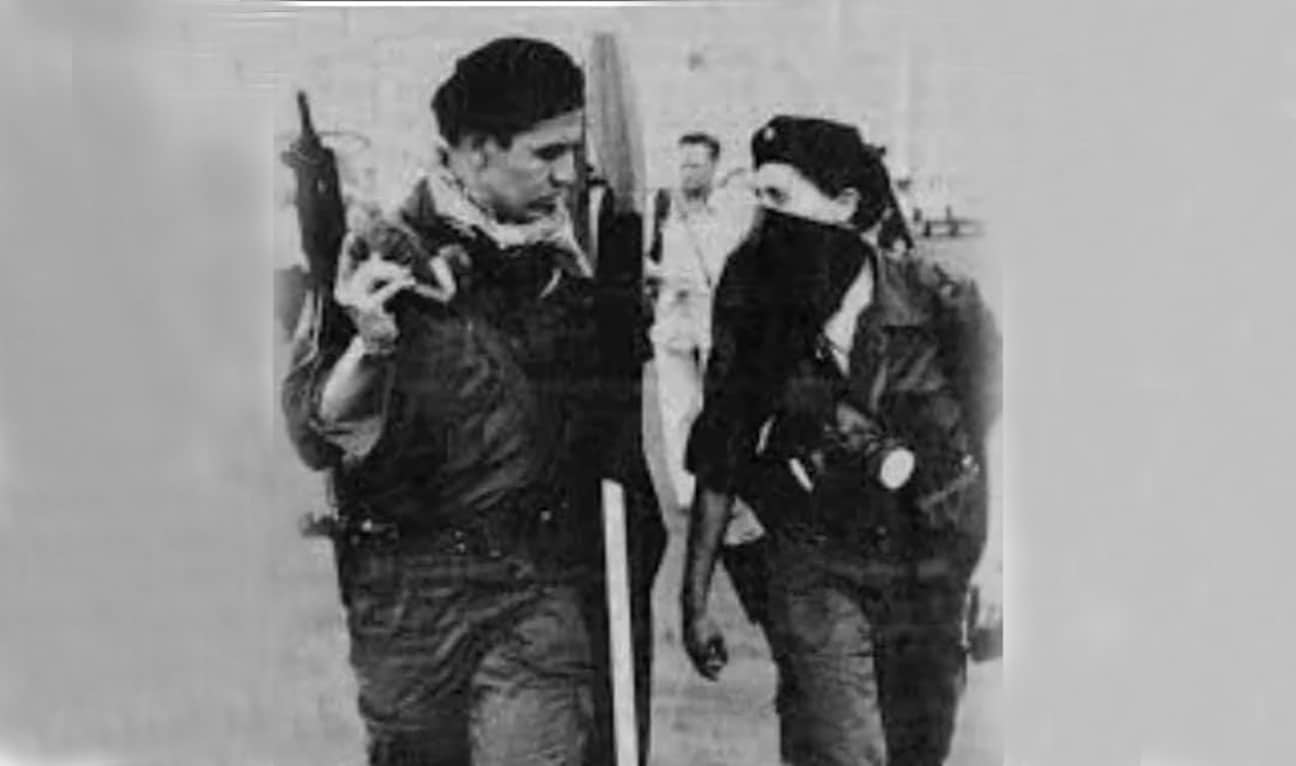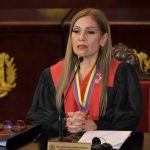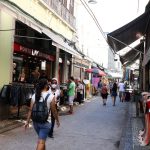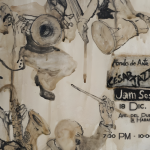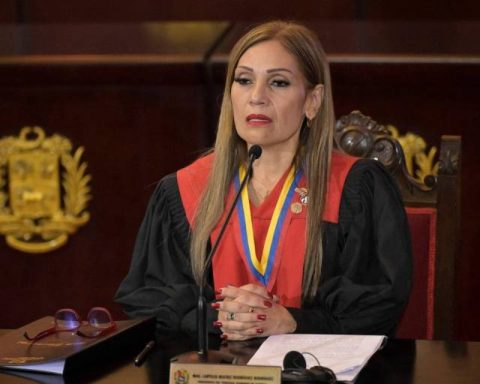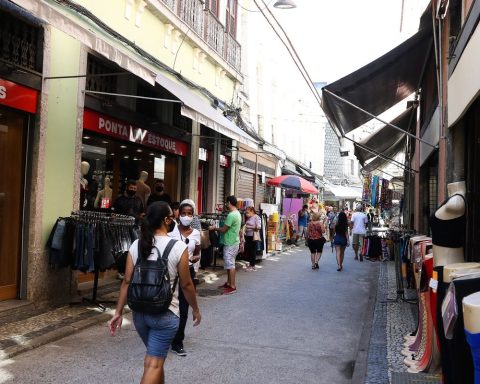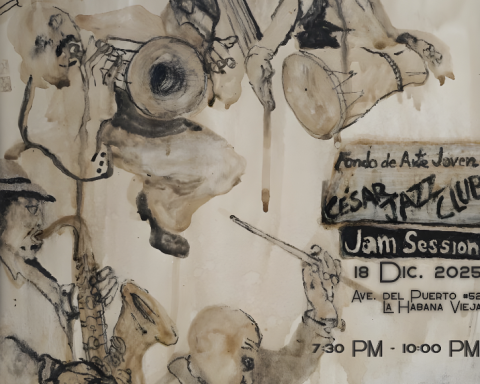The ruling Sandinista National Liberation Front (FSLN) on Monday evoked the 44th anniversary of the “Death to Somocism” operation, which weakened the Anastasio Somoza Debayle dictatorship, overthrown a year later, with one of its protagonists, currently an opponent, for the second year in prison.
The vice president of Nicaragua, Rosario Murillo, said through official media that this operation was a “historic moment of daring and courage” for the FSLN —at that time a guerrilla group—, mainly for “the compañeros and compañeras who participated as members of the command glorious Rigoberto López Pérez in the Death to Somocism operation”.
The operation, officially called “Death to Somocism,” was led by the late Edén Pastora, known as “Comandante Cero,” who later called it “Operación Chanchera (pig pen)” because Congress was in the National Palace. and the Senate, and he compared the deputies to pigs.
The number 1 and number 2 of the “Rigoberto López Pérez” command, made up of 25 combatants, were the historic Sandinista guerrillas Hugo Torres and Dora María Téllez, respectively.
Torres, one of the most daring guerrillas in the fight against the Somoza dictatorship, He died on February 12 while in detention. accused by his former comrade in the struggle, President Daniel Ortega, whom he released from prison, of “treason against the country.”
Meanwhile, Tellez, 66, still in prison after being sentenced to eight years for crimes considered “treason against the country”.
Torres and Téllez held high positions during the first Sandinista government (1979-1990) after participating in suicide operations that allowed the release of political prisoners under Somoza.
However, they distanced themselves from Ortega because of the way the FSLN was leading, and joined the former Sandinista Renovation Movement (MRS), now called the Democratic Renovation Union (Unamos).
national pride day
Murillo said that the survivors of that operation, with the exception of Téllez, whom he did not mention, met with members of the Sandinista Youth, the youth arm of the FSLN.
“Today is a day of national pride, we evoke, we remember, we feel inspired, by that heroism, that audacity, heroic audacity, that audacity, also heroic, the challenge to the brutal genocidal Somoza dictatorship, with an action that immortalized us all , as a precisely brave, noble, fighting people and as the Sandinista National Liberation Front”, highlighted the vice president.
“One of the most publicized actions in the entire world,” he continued, “and the truth is, we all, in one way or another, felt part of that heroism at that time.”
The first lady listed part of the members of the guerrilla command. “We send a hug to fellow Francisco Emilio Mena, they call him “Chacalote”; to Eddy Leonardo Olivares, in Masaya; Donald Román Pantoja Herrera, in León; José Hermógenes Hernández, “La Tunga”, in Masaya; Porfirio Jalina Sánchez, in Monimbó, Masaya; to Miguel Rutilio Miranda, in Managua, there in the eastern neighborhoods; Comrade Juan Lorenzo Hernández Cisnes, “Nicanor”, from Managua; to Abilio Enrique Ramírez López, also from Managua.”
The “Operation Chanchera”
That day, Tuesday, August 22, 1978, a Sandinista command made up of 25 guerrillas dressed as military cadets pretended to be from the elite force of the National Guard and disarmed the security and bodyguards of Congress with the excuse that the very Somoza Debayle, as reported by the protagonists.
Once inside the Congress, which was presided over by Luis Pallais Debayle, Somoza Debayle’s first cousin, “Comandante Cero” announced that it was an assault led by the FSLN and took the deputies hostage to demand the freedom of dozens of guerrillas who they were in prison.
After almost three days of negotiations, with the mediation of the then Archbishop of Managua Miguel Obando, the guerrillas managed to get several FSLN communiqués issued in the official media, they received half a million dollars, and the guarantee of leaving Nicaragua with the prisoners. liberated politicians.
The “Operation Chanchera”, according to the Sandinistas, was the beginning of the end of the dictatorship of Somoza Debayle, who later clashed with the chiefs of the National Guard who questioned him for giving up on the negotiations instead of ordering the release with the armed forces. of the arms of the National Palace.
For the FSLN, founded in 1961 as a Marxist-Leninist guerrilla movement, it became one of the most emblematic guerrilla operations in the fight against the Somozas, and put the conflict on the global media radar.
